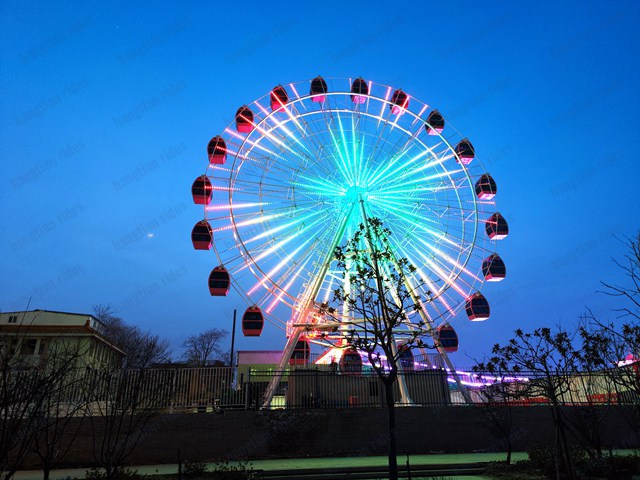Imagine this:
A 5-year-old girl rides the bumper cars at your park. Her parents trust you to keep her safe. But what if a loose bolt on the ride’s electrical system sparks a fire? What if the hydraulic lift on your flagship boat ride fails mid-operation?
This isn’t paranoia – it’s reality. The global amusement ride safety inspection market will hit $218.6 million by 2030. Yet 63% of park operators still use paper checklists. Here’s how to join the 37% who dominate this explosive industry.

Step 1: Pre-Startup Checklist (2 mins)
Pro Tip: Create a digital inspection brochure using tablet apps. Sync data with your CRM in real-time – no more lost paper trails.
Most parks use brochures for marketing. The pros use them for:
✅ Visual inspection standards (showing bolt wear examples)
✅ QR codes linking to ride-specific checklists
✅ Maintenance history timelines per attraction
Disney’s California Adventure revolutionized this in 2023 by embedding AR codes in brochures. Technicians scan and see 3D schematics of roller coaster mechanisms.
For Water-Based Attractions:
For Bumper Cars:
In 2024, a park in Ohio paid $12,000 fines after inspectors found:
🔴 14-day-old grease on carousel gears
🔴 Missing safety certification on Dragon’s Fury roller coaster
🔴 Incomplete documentation for bumper car electrical systems
Solution: Create a digital twin of each ride. Sensors transmit real-time data to your cloud dashboard. Get alerts when parameters go out of spec.
Top parks publish inspection checklists on their blogs as:
Universal Studios’ “Behind the Thrill” blog series increased customer trust by 41% in 2023. They show real technicians doing real inspections.
Run this automated sequence:
Pro Hack: Use AI-powered cameras that auto-detect wear patterns. Systems like RideGuardian AI catch 92% of issues traditional methods miss.